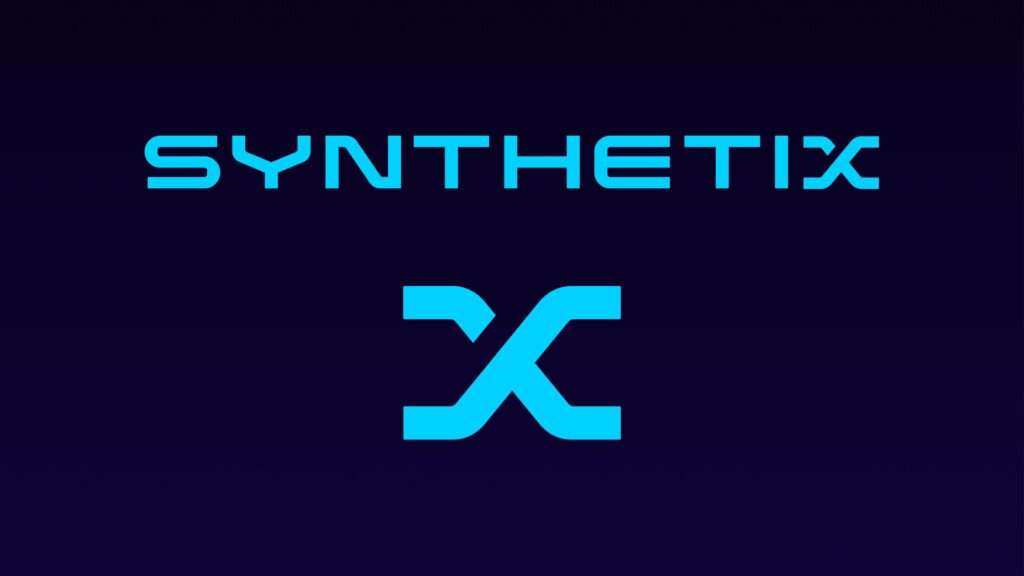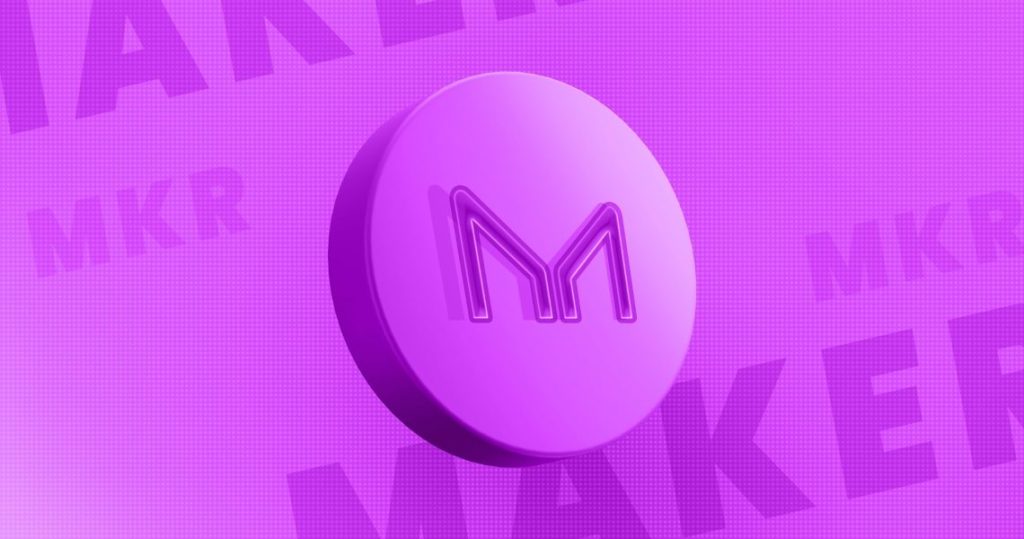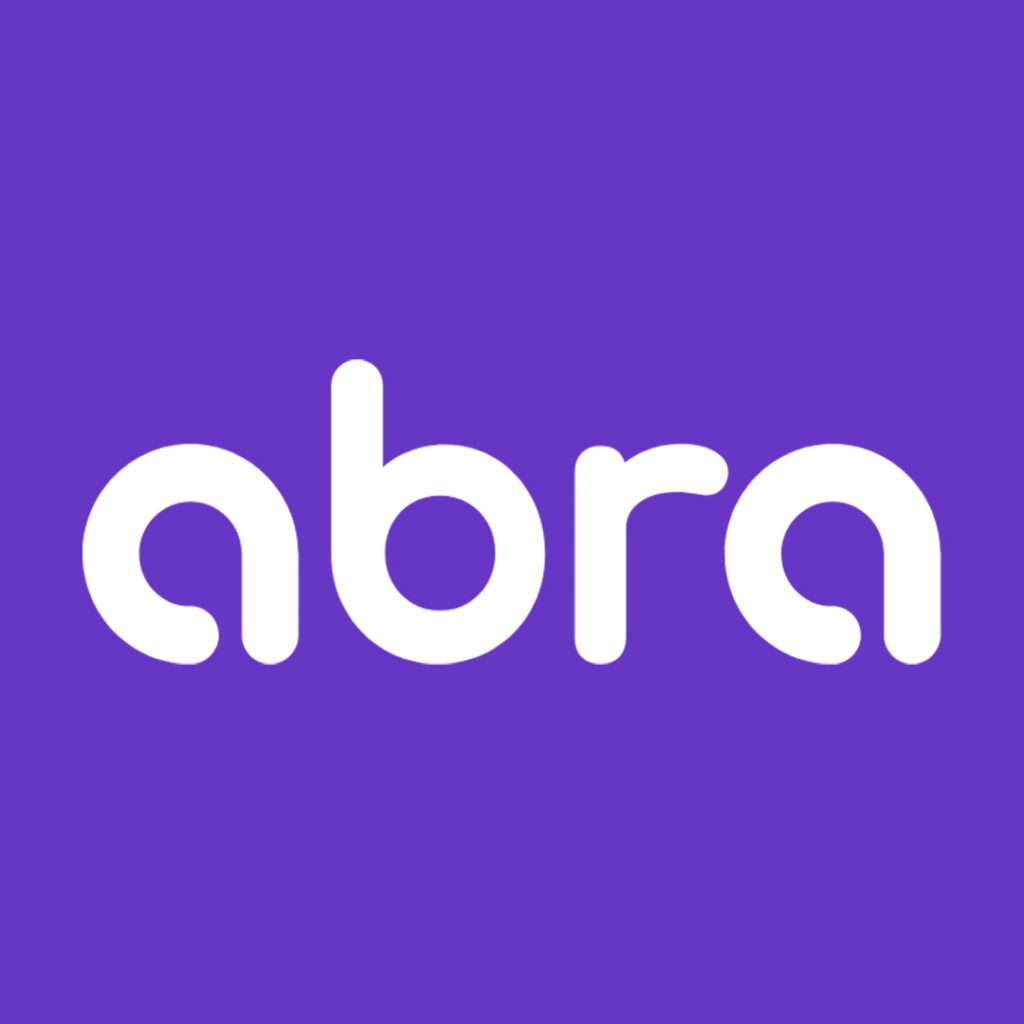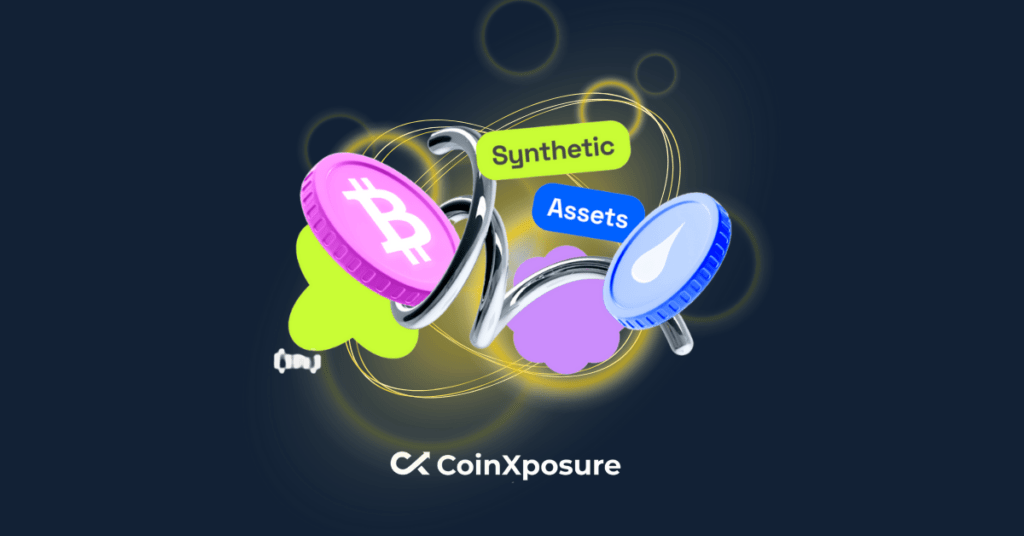In the ever-changing world of decentralized finance, one distinguishing quality of Web3 technology is its capacity to reimagine and improve traditional financial products. Join us as we introduce DeFi synthetic assets.
The need for a better financial system has always existed; DeFi is just a direct result of that pursuit.
DeFi is a decentralized financial system built on peer-to-peer networking and self-executing smart contracts that eliminate third-party influence, making the finance industry more democratic.
However, as this new financial paradigm gains traction, new types of assets emerge. DeFi synthetic assets may have received the most attention among these emergent assets.
As we look to the future of crypto finance, DeFi synthetic assets will meet the needs of a broader range of customers.
Traditional financial derivatives generate value by leveraging underlying assets such as commodities, currencies, precious metals, stocks, or bonds. DeFi Synthetic assets with the same goal do not require an actual asset.
This means DeFi synthetic assets are cataloged, sold, and transferred online rather than held by investors.
These digitized assets are authenticated and distributed to investors using blockchain, the underlying technology that records cryptocurrency transactions on an immutable ledger and keeps coins secure and traceable.
The real-world asset is cataloged on the blockchain using a process known as tokenization, in which investors are issued a token or digital certificate as proof of ownership.
Digital fractional ownership can open up a new universe of investing options by producing a digital version of hard-to-get real-world assets such as equities, precious metals, real estate, and commodities.
What are DeFi Synthetic Assets?
DeFi Synthetic assets, or crypto synths, are simply tokenized derivatives. Let us illustrate tokenized derivatives with an example. Consider a derivative whose value is linked to another asset by contract.
In such a situation, we can trade the movement of that value utilizing trading instruments such as futures.
In conventional finance, derivative value is calculated using an underlying asset, such as a stock or bond. These derivatives enabled traders to bet on the price swings of an asset without actually purchasing it.
However, DeFi synthetic assets, also known as tokenized derivatives, expand on derivatives by allowing them to be recorded on the blockchain and generating a cryptocurrency token.
DeFi synthetic assets are becoming increasingly popular in the cryptocurrency market because they allow investors to profit from the fluctuations of multiple tokens without actually owning any of them.
These digital assets are becoming widely preferred for investing purposes. This is for two primary reasons: security and traceability.
Trades are recorded on a distributed ledger, which ensures trader anonymity and security.
Let’s see the unique qualities of DeFi synthetic assets that make them stand out.
Features of DeFi Synthetic Assets
Here are some of the fantastic features of DeFi synthetic assets.
- No counterparty involved
- Increased flexibility
- Greater accessibility
- Decentralized
- Increased liquidity
- Lower transaction costs
No Counterparty Involved
DeFi Synthetic assets are created through the minting procedure, which includes securing more cryptocurrency as collateral.
When these assets are traded against one another, the “sold” asset is destroyed, and an equal amount of the “buy” asset is created.
This approach enables the exchange of value between synthetic assets without requiring a physical transaction or a counterparty.
As a result, order books, which are venues where buyers and sellers of an asset can meet at a predetermined price, are not required for DeFi synthetic assets.
Instead, the value of the assets can be directly transferred using the minting and burning processes. This can improve the trading process and make it more efficient for investors.
Increased Flexibility
DeFi Synthetic assets enable investors to acquire exposure to various assets, such as stocks, bonds, commodities, and currencies, without directly acquiring the underlying asset.
This enables investors to personalize their portfolios and adjust their assets to meet their financial objectives.
Greater Accessibility
Investors who do not have enough resources to buy the underlying asset directly can purchase DeFi synthetic assets. This can help investors with modest budgets acquire exposure to a broader choice of assets.
Decentralized
DeFi synthetic assets exchanges can create an almost limitless supply of any asset as long as it is adequately collateralized.
This means that the exchange can issue as many tokens as it likes as long as the collateral has an equivalent value to the total worth of the tokens.
Synthetic asset exchanges are non-custodial, which means they do not keep assets for their users and do not use brokers or know-your-customer (KYC) procedures.
This can make synthetic asset exchanges a more decentralized and cost-effective way to trade, as these platforms have meager costs.
Increased Liquidity
These assets may provide more liquidity than traditional asset exchanges and lower underlying costs for dealers.
This is because synthetic asset exchanges do not have the same price spreads or trading fees as regular asset exchanges, making it easier for traders to purchase and sell assets while potentially profiting.
DeFi Synthetic assets might be an appealing choice for traders who want to bet on the movement of asset values without paying hefty fees or spreads.
Lower Transaction Costs
Since DeFi synthetic assets are formed through financial contracts rather than real acquisitions, they can frequently be exchanged at a lower price than traditional assets.
This may make them an appealing alternative for investors wishing to lower the costs associated with their investments.
Importance of DeFi Synthetic Assets
The DeFi world is relatively new, and the variety of financial products remains limited. In traditional finance, investors can access a wide range of financial products.
They have the chance to use a variety of techniques by combining different financial instruments. Crypto synthesizers seek to increase the accessibility of financial products and investment methods in the DeFi sector.
Synthetic assets in DeFi are supposed to improve risk management, trading volume, and liquidity.
Synthetic asset protocols also help minimize the problems caused by ineffective cross-chain communication methods. Users can trade assets without actually owning them because of these tokenized derivatives.
Furthermore, it has been observed that cryptocurrency trading is restricted to crypto aficionados or persons who are aware of DeFi. Synthetic assets also aim to overcome this constraint.
This enables anyone to invest and participate in the traditional market without leaving the blockchain ecosystem. Thus, synthetic assets will increase the overall user base for cryptocurrency.
We will now look into some major types of DeFi synthetic assets.
Types of DeFi Synthetic Assets
Some top DeFi synthetic assets protocols include:
- UMA
- Synthetix
- MakerDAO
- Abra
UMA

UMA is a decentralized platform for financial contracts. It uses smart contracts and a “provably honest oracle” method to allow any two parties to enter into financial contracts on their terms.
On the platform, investors can use ERC20 tokens to establish tokenized derivatives, similar to exchange-traded funds (ETFs), which provide short, long, or leveraged exposure to real-world assets.
One of UMA’s goals is to boost crypto adoption in the derivatives market by allowing ordinary investors to purchase DeFi synthetic assets that represent the underlying value of a transparent, open-source protocol.
UMA uses Ethereum’s smart contracts and incentive mechanisms to provide a secure and trustworthy means for users to construct unique financial contracts and launch ERC-20 tokens on the Ethereum blockchain, eliminating the need for legal frameworks or intermediaries.
Synthetix

Synthetix is a DeFi protocol that allows the creation and trading of synthetic assets on the Ethereum network.
DeFi Synthetic assets, like traditional financial derivatives, derive their value from cryptocurrency and physical assets.
Synthetix’s native token, SNX, may be used as collateral against synthetic assets and serves to protect the Synthetix network through staking.
The Synthetix protocol enables users to construct a wide range of synthetic assets by collateralizing their existing assets.
Traders can then use Synthetix’s decentralized exchange (DEX), Kwenta, to exchange these synthetic assets for other crypto and real-world assets like gold.
Synthetix, built on the Ethereum blockchain, requires users to deposit their tokens on DeFi platforms such as Curve or Uniswap.
In 2020, Synthetix’s governance was transferred from a non-profit foundation to three decentralized autonomous organizations (DAOs).
Synthetix, a pioneering synthetic asset protocol, promises to provide users with censorship-resistant access to various assets.
MakerDAO

MakerDAO enables investors to gain exposure to the value of traditional assets, such as the US dollar, by utilizing cryptocurrency as collateral.
In the case of MakerDAO, investors can use Ethereum as collateral to create the synthetic asset DAI. DAI is an Ethereum-based stablecoin tied to the US dollar’s value.
Users can produce DAI using the MakerDAO platform’s smart contract to collateralize their cryptocurrency assets.
The DAI’s value is then maintained by an automatic process known as the “Stability Fee,” which adjusts the DAI supply in response to changes in market conditions.
This approach allows Ethereum holders to benefit from US dollar price changes.
Abra

Abra is a decentralized investment platform that was launched in 2014 and pioneered in using DeFi synthetic assets in the cryptocurrency market.
It generates synthetic assets by enabling users to buy, sell, and hold alternative cryptocurrencies. Abra converts fiat cash into crypto assets.
This conversion entails linking the crypto asset to another asset type, such as fiat currency.
Final Thoughts
DeFi Synthetic assets are a step up from regular derivatives, offering greater flexibility and versatility. While derivatives offer personalized exposure to various assets, synthetic assets allow investors to trade nearly anything.
In addition to their numerous applications, DeFi synthetic assets and the algorithms that drive them have the potential to transform finance by allowing investors to trade traditional assets and derivatives within the digital ecosystem.
They also use the benefits of decentralization to create new chances for thousands of investors.
